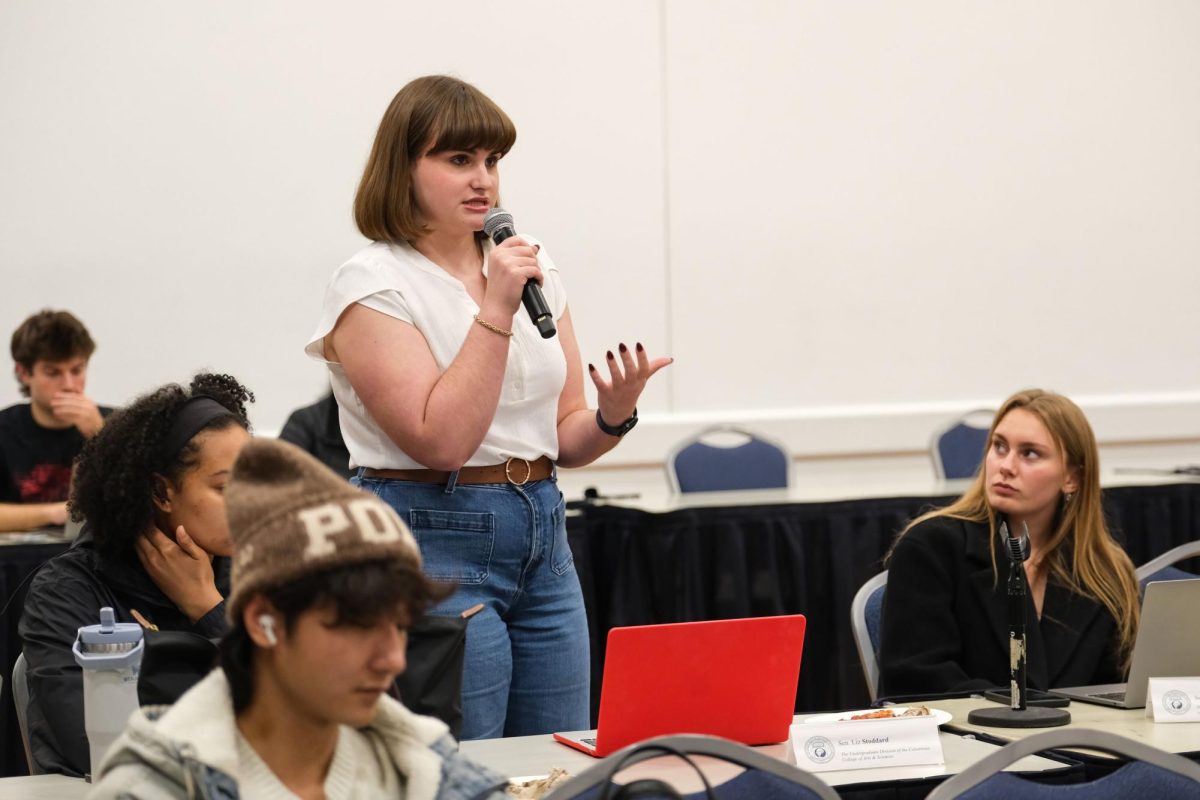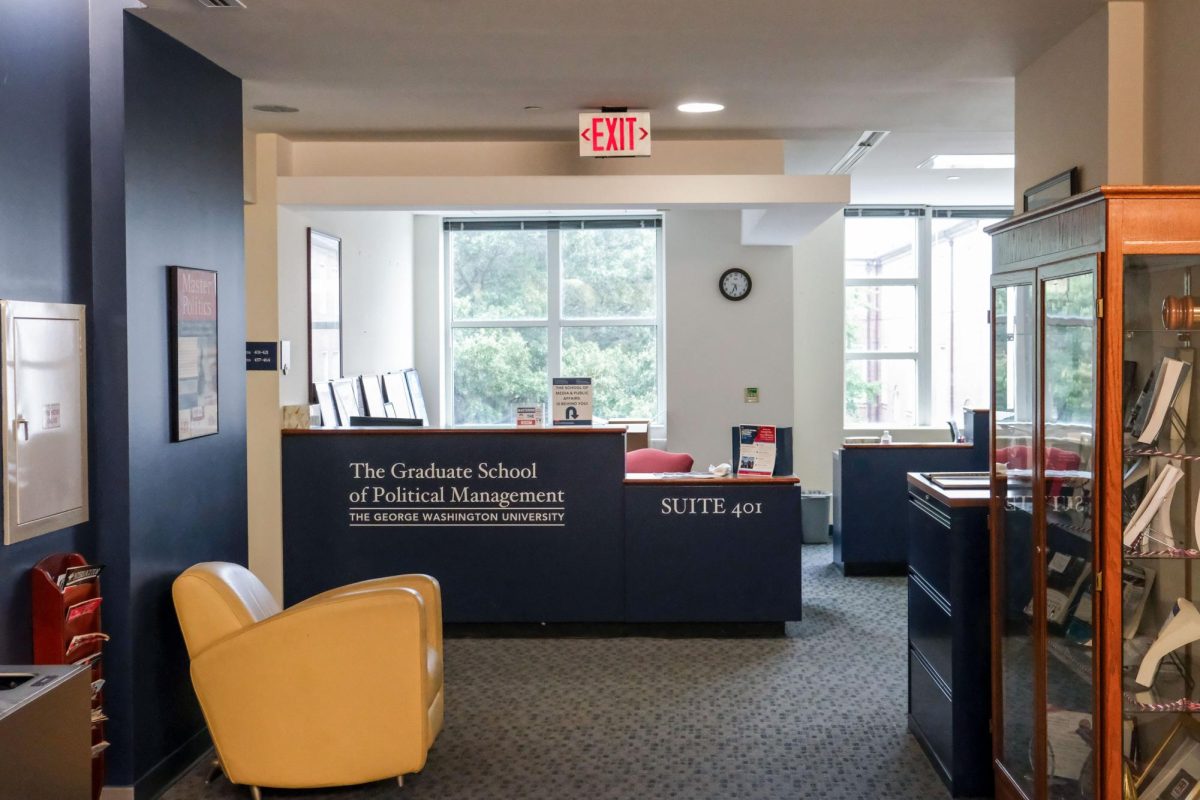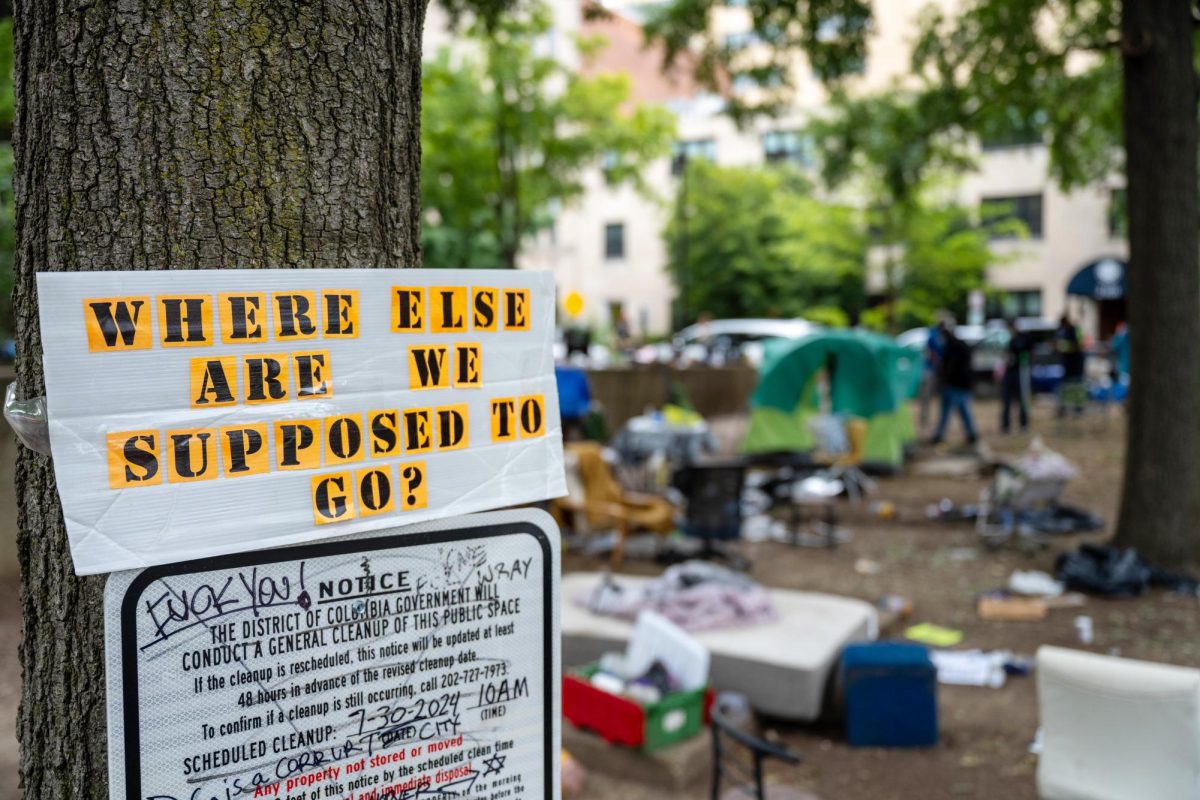Although most students have outgrown their childhood piggy banks by the time they reach college, every room in Philip Amsterdam Hall now comes equipped with one, thanks to a new initiative from GW Housing Programs.
The initiative, in conjunction with the Office of Development and Alumni Relations, provides a piggy bank to each room with the hopes of raising money for student aid and promoting awareness about alumni giving.
“As far as undergrads are concerned, we do a lot more education programs, but we’ve never really done a giving initiative,” said Zach Briton, assistant director of young alumni and student giving. “This year we wanted to launch something that doesn’t focus on dollar amounts – it really focuses on getting people involved.”
He added, “This year it’s specifically targeted to juniors, as a way to introduce them to giving.”
Money raised through the piggy bank program will be given to the student aid fund, which supports need-based financial aid on campus.
Briton also added that the building’s namesake, Philip Amsterdam, “should be a role model” for giving back to the University.
“We hope that by speaking with students about the importance of student aid, and how it affects them, or one of their closest friends, that we can build partners in our students and alumni going forward that will allow us as a University to make our education more affordable and attainable for those who seek it,” Briton said.
Andrew Goretsky, director of GW Housing Programs, said the program has the possibility to be expanded to other residence halls in the future.
For some recipients of the piggy banks, however, the initiative feels unclear or contradictory. Some believe junior year of college is too early to be thinking about donating, when they are still paying tuition for one of the most expensive universities in the nation.
“My personal feeling is, I pay enough for GW, I don’t want to be asked for money quite yet,” said junior Heather Hachenburg, who lives in Amsterdam Hall. “My parents get enough phone calls as it is to donate money and there’s the voluntary Gelman Library donation.”
She added, “I’m a college student. I don’t have that much money on my own.”
Besides an attached sheet with information about giving to the student aid fund, some residents said they were not given much information about the initiative.
“The girl who dropped it off didn’t really explain anything about it,” said junior and Philip Amsterdam Hall resident Shira Siegel. “My roommates and I decorated it, and when it’s full we’re gonna use it to buy alcohol and have a party.”
But Siegel added, “As far as awareness goes, I’ll probably donate after graduation.”
Marissa Brescia, a house mentor in Philip Amsterdam Hall, said she hopes students will begin thinking about staying involved with GW, monetarily or otherwise.
“In some cases this will be through financial donations, but in many cases ‘giving’ means donating mentorship time, returning for a networking night, or participating in a University sponsored event,” Brescia said in an e-mail.






